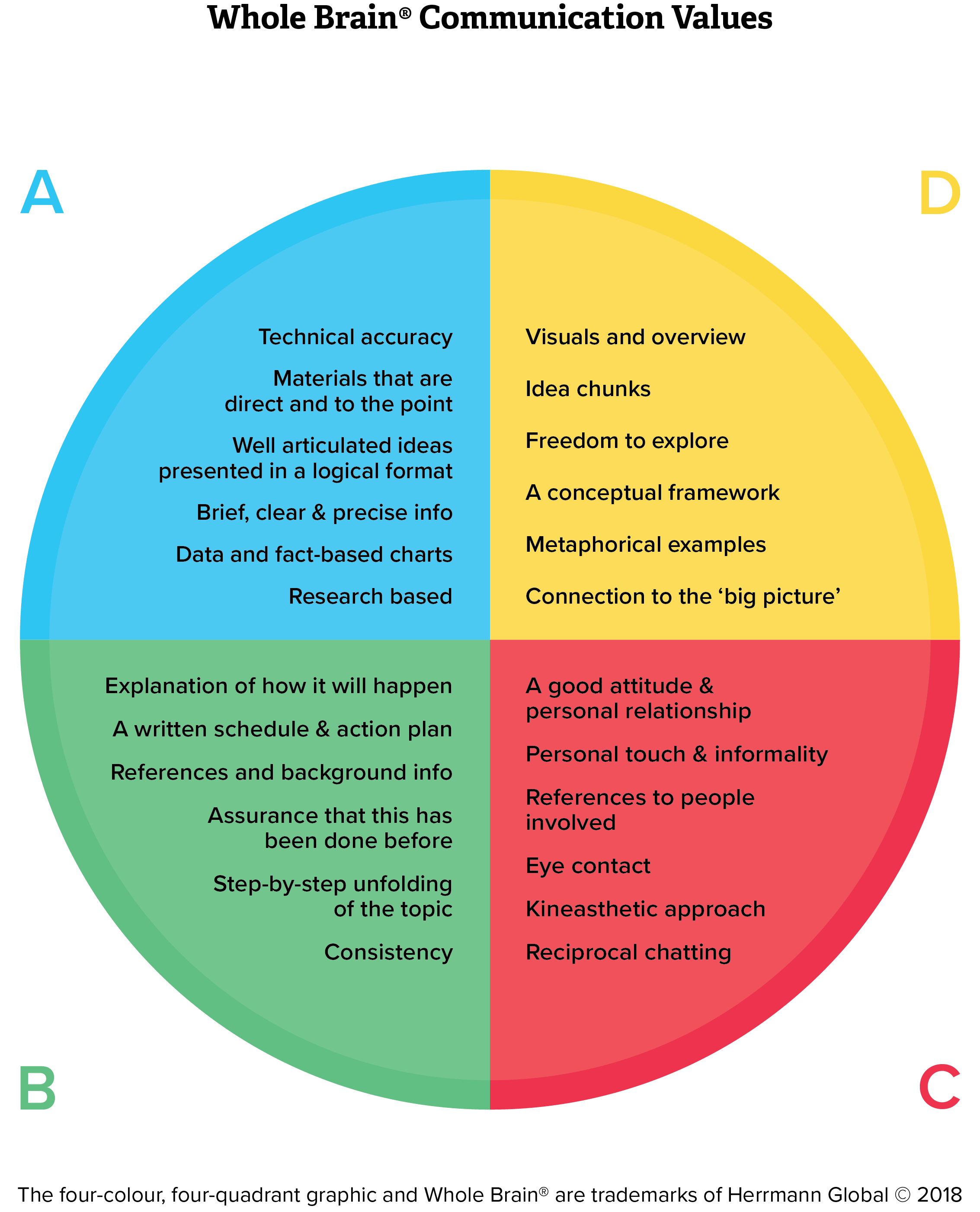Workplace health and safety management system is a systematic approach that guides the management team to manage health and safety risks in the workplace in order to prevent injuries, illness and near misses. WHSMS assists businesses to comply with the standards set by the health and safety laws proactively and improve workplace health and safety performance.
A WHS system consists of safety-related forms and policies, documented procedures, actions plans, contents of the WHS documentation and application of policies and procedures. This system additionally assists organisations to adapt the system based on their industry, size, and risks they are exposed to.
The WHS implementation team helps the organisations to establish a supportive environment and facilitates the implementation of WHS practices. They are the individuals who assist in the implementation and completion of the WHS management system, and are the communication mechanism between the business, leadership, and employees.
The minute organisations start thinking about moving forward with WHS, it is pivotal they start thinking about their implementation team. These team members have the potential to fill key roles and responsibilities and will be detrimental to the outcome of the WHS project and return on investment (ROI).
Many WHS implementation projects have likely been subjected to team selection. Members of an implementation team share core values with their organisation, feel a sense of ownership over their position and are able to fulfil what their role demands. Below are some of the implementation team’s role necessities:
Communication: These team members connect with diverse teams within the organisation and communicate with various teams. As a result, the WHS implementation team must have the capability to communicate effectively with diverse teams.
Knowledgeable: While the implementation team members do not need to be specialists in every WHS policy, processes, and term. Having a basic knowledge and understanding of WHS provides them with the fundamentals to work with and build upon.
Organised: Disorder and WHS implementation win do not mix. A WHS implementation team member must be tremendously organised, ensuring they know precisely what is going on at each step of the implementation process at all times. These professionals must know how to leverage available tools and techniques to stay organized, even when under significant stress.
Reading People: The best implementation team members are also leaders who know how to inspire people. They generate a vision for all stakeholders and teams to look to, for motivation. When a critical situation begins, they know exactly how to motivate people to get the job done.
Confident: It is vital for a WHS implementation team member to be able to respectfully stand their ground when confronted or in a disagreement with others within the organisation. They need to be able to clearly convey their requirements and stand up for the best interests of team when faced with barriers.
Who can be part of the WHSMS team? Is there a right person we should consider?
Some key steps when selecting the right people to make up the team might be filling the role with WHS Managers, advisors, safety reps, or supervisors, and train them about the WHS Policy/procedures, WHS action plan, roles and responsibilities. However, we have a secret to share with you. Team members can be anyone, the key to success is to ensure team members understand their individual thinking preferences, as well as their teams.
HBDI Assessment:
The Hermann Brain Dominance Instrument (HBDI) is an innovative assessment tool, which provides an improved understanding, and insight on different people and their preferred way of thinking. This tool assists in identifying team members preferred approach to emotional, analytical, structural, and strategic thinking. Assisting with teams preferred thinking and communicating style. This will support teams to increase their understanding of themselves, mental diversity, coaching and training, project management styles, communication, relations, team building, leadership, strategic thinking and planning, creative problem solving, and conflict resolution within their team.
Whole Brain® Thinking
This will help businesses get better outcomes, strategically influence the outcome of the WHSMS implementation. What we mean with this, is the implementation team will be able to influence their own preferences, bounce to other quadrants when required, and adjust to and take advantage of the different preferences of those around them to improve WHS performance and outcomes.
Quadrant A: Analytical
Analytical thinkers are logical and fact-based thinkers; they prefer working with numbers, statistics and data. Analytical thinkers generally want to collate facts before making a decision.
Quadrant B: Practical
Practical thinkers are highly organised thinkers and prefer detailed plans and procedures.
Quadrant C: Relational
Relational thinkers are emotional thinkers; they prefer to utilise their feelings before making decisions. They’re can pick up on non-verbal cues, recognise interpersonal difficulties and consider the values of their teams.
Quadrant D: Experimental
Experimental thinkers are creative thinkers and enjoy exploring ideas, strategies, and big-picture approaches to problem solving and decision-making. Experimental thinkers can tolerate indistinctness but can get bored with the finer details.
WHS Implementation team members will all have different thinking preferences, knowing these preferences will allow your organisation to lead the team better, maximise their potential, and complete WHSMS implementation effectively.
HBDI team profile
The compilation of the information pulled out from individual team member profile aids to build team profiles. The WHS implementation team can utilise this as a framework to make collective WHS decisions. It highlights the areas to consider, overlook and progress by allowing the team to implement the requirements of WHSMS successfully.
The Herrmann team profile enables the team to identify effective strategies and tools to use to motivate colleagues. Facilitating the ultimate achievement of the business goal “health and safety of workers and others”.
What are the benefits of the mixing HBDI in Work Health Safety Management System Implementation?
Reduces the conflicts between teams: HBDI Whole Brain system improves decision-making skills as well as broadening a person’s perspective. Allowing considerations to be made on extenuating factors that may influence the success of a WHS project. Moreover, using the HBDI to inform a balanced and measured verdict for any obstacle that may come along.
Enhances and Improves communication: HBDI data yielded from the analysis of employees, provides the output with detailed information representing their profile that most team members can understand. Hence, they can adjust themselves with their peers communication styles. For instance, analytical people understand charts and figures very well whereas relational people are more influenced by stories.
Creates and insight for effective training courses: When WHSMS leaders have an insight into employee’s thinking preferences, they can design professional training and learning resources that are best suited based on everyone’s thinking.
Strategic decision-making: It is vital that employees collaborate and consult throughout big decision-making processes. HBDI will assist the WHSMS implementation team to come up with alternative conclusive decisions. Collaborative thinking is a productive use of time and is worth it.
Facilitates Inclusive culture: WHSMS Implementation team members can understand each member’s value and contribution, so that they can actively take part in activities that prepare the workplace to be more open and lets others to participate in varying perspectives.
Builds a Productive Team: Businesses can take advantages of team collaboration and similarly enjoy the benefits of an effective team.
What is next?
Next step in your journey is to book an appointment with our HBDI® Certified Practitioner. Our consultants are experienced WHS professionals, knowledgeable in their profession and speak the same WHS language as your organisation.
Once you book your appointment, our consultants will explain you and your team the Whole Brain® Thinking, and how we will proceed to the next step. (Note: It is important that all your WHSMS implementation team understand Whole Brain® Thinking. *****Team needs to understand that, this tool is not a performance appraisal.)
Access Work Health and Safety Books from Amazon: Work Health and Safety













